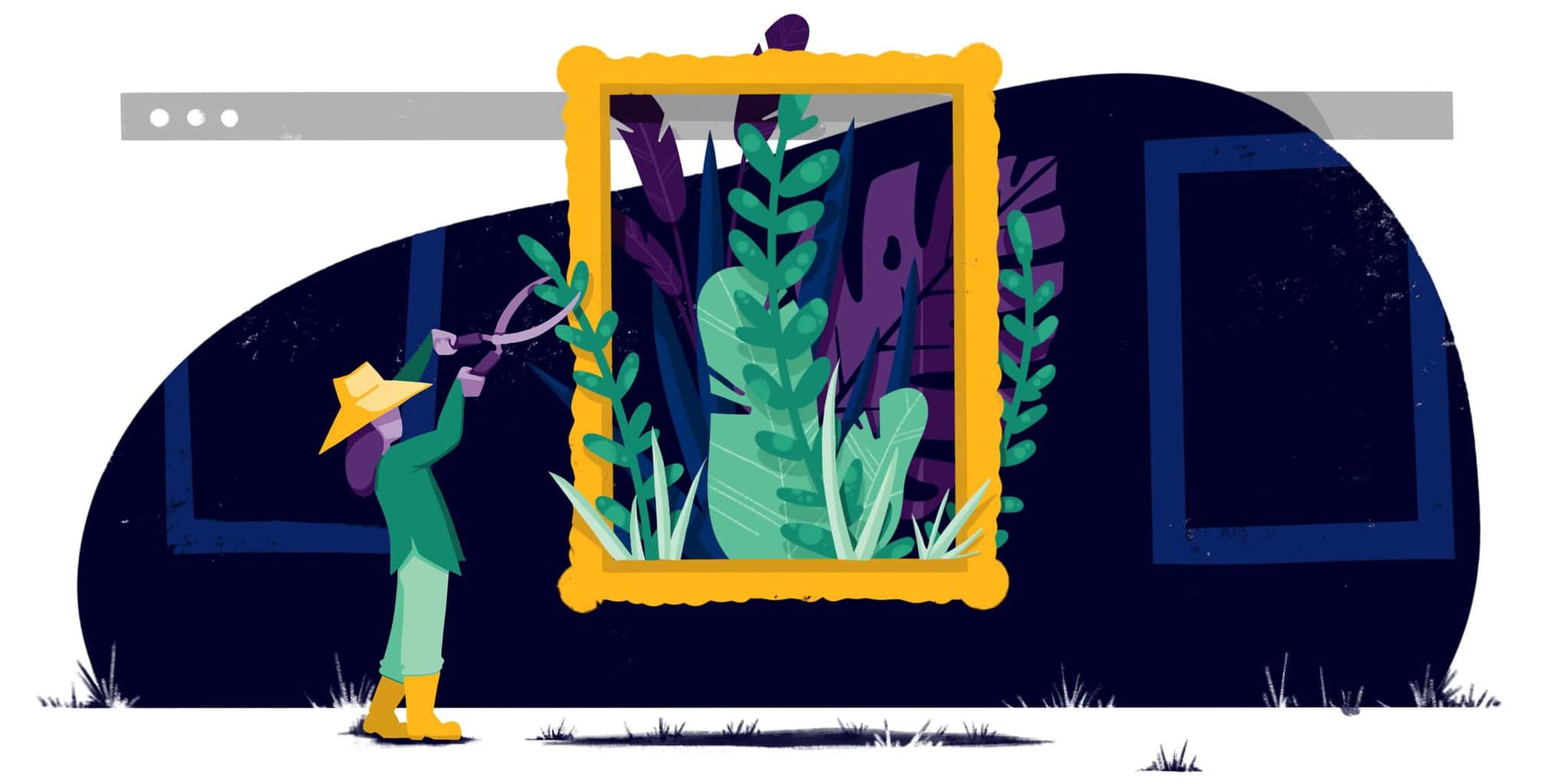
Schedule regular page tests and site audits to check the performance of the site.One of the most important aspects for any business/company, whether small or big, is Good Website Design.Īny experienced webmaster will tell you that web design is one thing that will essentially push you above or pull you below your competition.īecause quality website design reflects on your brand, helps potential customers understand what your business is all about, and helps them decide whether they should buy your product/service or not. Next, use techniques like resizing and compressing to reduce the file size. The pages will load slowly, and the user experience and engagement will not be good.Ĭhoose the right image format. If you do not optimize images, your web performance will suffer. Many factors determine page speeds, and image use commands one of the top positions. Google will penalize your site if the page loading speeds are low. Web performance is a critical ranking factor that search engines use. You’ll end up saving on bandwidth because you won’t be using any unnecessary resources. Lazy loading reveals only what is relevant at that point. The image continues to load the more the online visitor scrolls down the page. Instead of the whole image loading at once, it kind of unfolds. The lazy loading of images is exactly as the name suggests. Incorporate relevant keywords that give information about your business or site. Make it easier for web crawlers to find you by allocating descriptive labels to each image. If the users are not engaged with a good UX when using mobile devices, you will lose them. A tremendous amount of internet traffic comes through such devices. The images should look the same on any mobile device as on any desktop device. Mobile-First Image OptimizationĪny steps you take must follow a mobile-first SEO strategy, since Google switched to mobile first rankings. The right picture editor will help you determine which compression works best for you. So, it can still be an excellent way to compress images. You may, however, not notice the difference. Lossy compression reduces the file size by getting rid of some of the elements.Lossless compression maintains picture quality while removing unnecessary metadata.There are two concepts we have already mentioned above, lossless vs. Low compression may be ideal if you want to retain the picture quality however, it does not significantly reduce the size. But you can distort the image if you compress it too much. You have tons of tools available for your use.Ĭompressing images helps reduce the file size. It helps reduce the file size, resulting in a better page-loading speed. Use the cropping tool to resize the images. And for best quality, aim for files to be within the range of 1 to 2 MB. Please note that you should not upload any images before you optimize them. Resizing or compressing will take care of the problem.
#Best way to optimize images for web full
Some time will pass before you get to see the full image a sign that the pictures are probably too heavy. You may have noticed that the images seem to load bit by bit. It allows for lossless compression, but you can only use up to 256 colors.


However, you’ll need to be careful when compressing JPEG images as loss of clarity can result, the smaller the image becomes. They are excellent for complex, colorful images. JPEGs are the most common across most websites.They work well for simple images and logos and allow for lossless compression. Unfortunately, to achieve this, the file size is very large. PNG has the advantage of being a very high-quality image.These are the three most common types of image formats for web applications that you need to know: For instance, removing or changing the file formats may significantly improve page loading speeds. It will also show your image formatting and allow you to determine the next course of action. Relevant tests will diagnose any issues you need to address.įor example, the audit may show that you have too many images. Start by carrying out an inventory of the images you have on your site.


 0 kommentar(er)
0 kommentar(er)
